API Implementation
Implement APIs
In the dynamic world of insurance, an effective API implementation stands as a linchpin for digital transformation and operational efficiency. Leveraging AWS API Gateway, insurance companies are ushering in a new era of streamlined and efficient operations. The API Gateway acts as a centralized hub, orchestrating and managing interactions between diverse insurance systems such as policy administration systems, billing systems, claims management, agent portals and customer portals. By deploying APIs through aws API gateway, insurers benefit from seamless scalability, robust security measures, and real-time monitoring capabilities intrinsic to the AWS ecosystem. This allows them to handle vast numbers of policyholder/agent requests swiftly, ensure data integrity, and reduce latency. Additionally, with the built-in developer tools and integration capabilities of AWS API Gateway, insurance companies can accelerate the development and deployment of innovative insurtech solutions. This rapid implementation not only optimizes backend operations but also drives enhanced digital experiences for policyholders/agents, from instant policy updates to swift claim processing, all underpinned by the reliability and agility of AWS.
Case Study
Client: A mid sized personal lines insurance carrier.
Problem statement:
Client was looking for rapid digital transformation and they realized that APIs often play a critical role in many functions of their business as an enabler for digital products and projects.
- Limited agility in launching new insurance products.
- Inefficient data exchange with partners, brokers, and third-party platforms.
- Suboptimal customer experiences due to delays and lack of real-time service capabilities.
- Increased operational costs and maintenance overheads.
Client was looking for a partner with expertise in building out APIs using aws API gateway so that they can speed-up delivery of APIs needed for agent portal and customer portal delivery.
Our Approach
– Built an agile pod to deliver APIs with team that comprised PO with deep domain background and engineers with deep technical knowledge.
– Implemented AWS API Gateway with ReST services built using lambda
– CloudWatch for monitoring
– Custom Lambda Authorizer.
– Leveraged best practices for APIs from design to coding with emphasis on automated testing engineered into the DevOps build pipeline.
– Implemented the APIs over 5 months period with 1st delivery live in 6 weeks.
Technology Landscape
- Duckcreek
- Agent portal – Angular
- aws API gateway, lambda, Java / Node.JS backend
Results
- Enhanced integration – seamless integrations – helping speed to market (and cost reduction) for launch of new experience and capabilities.
- Innovation and agility – rapid experimentation of digital products.








